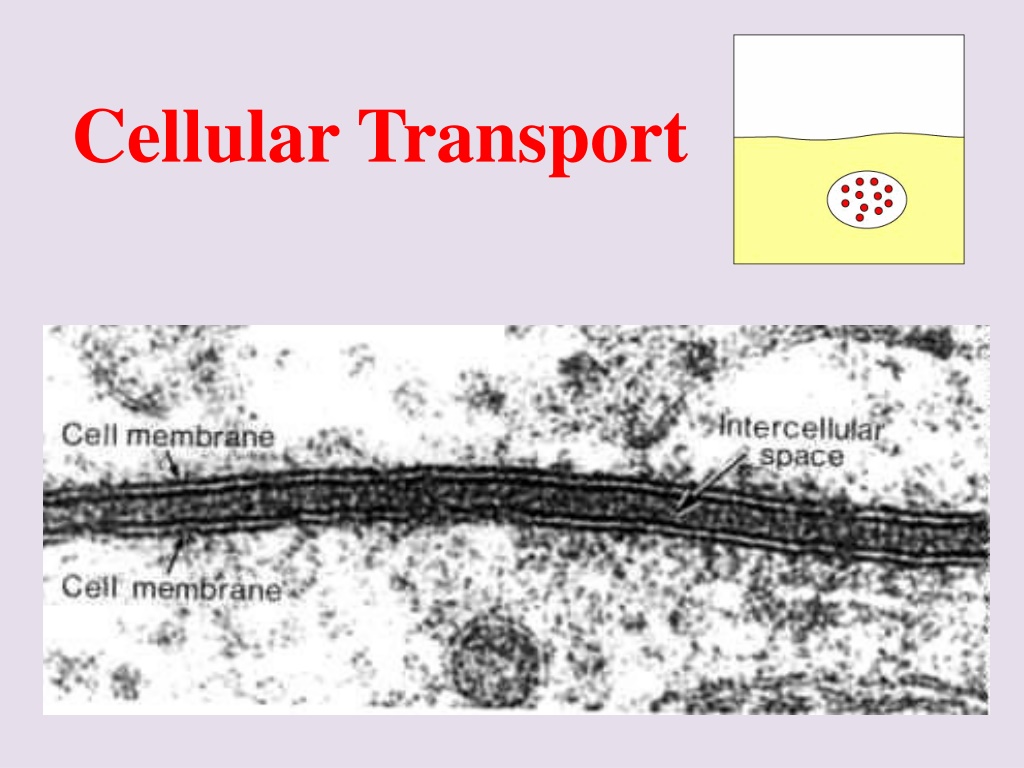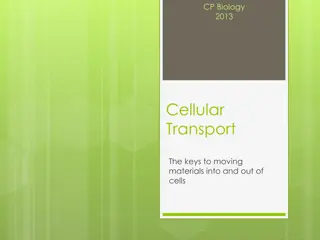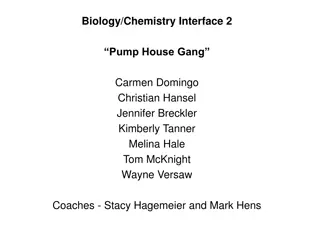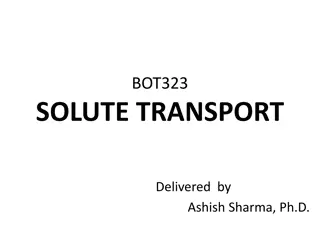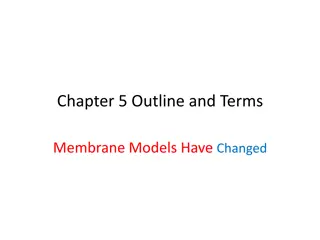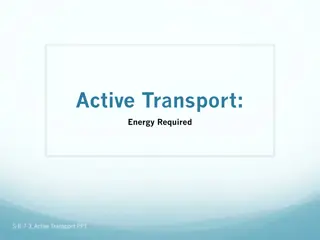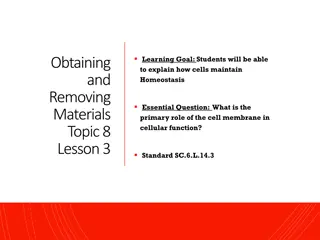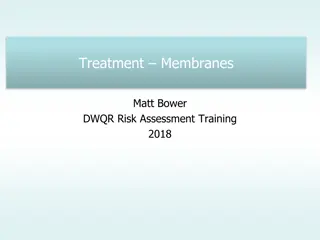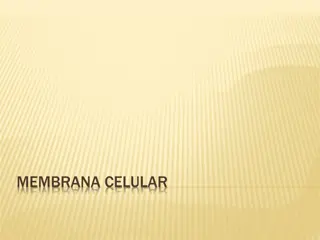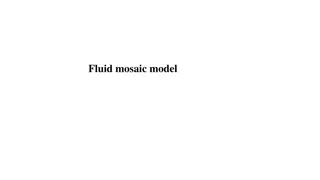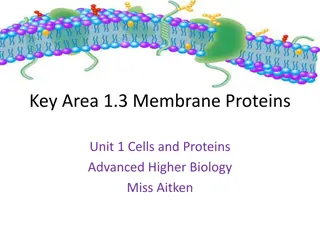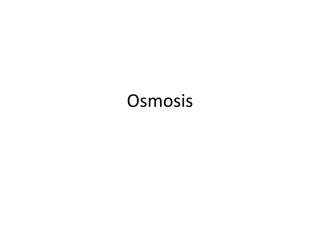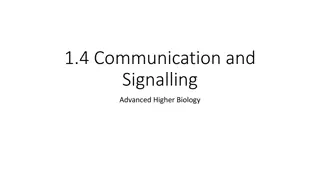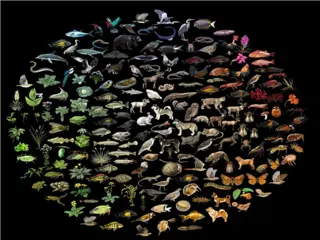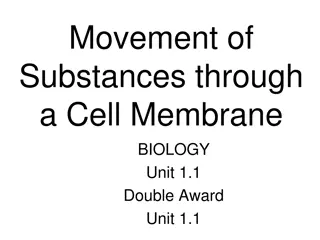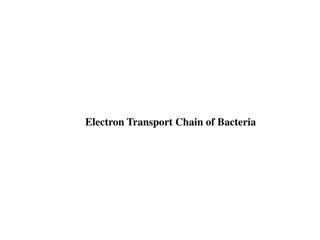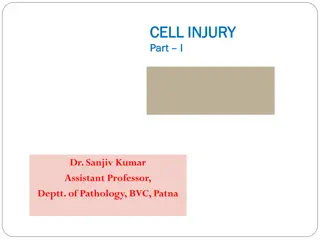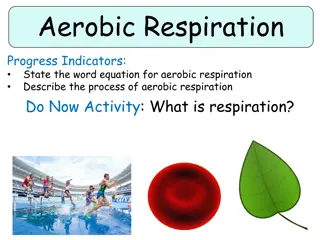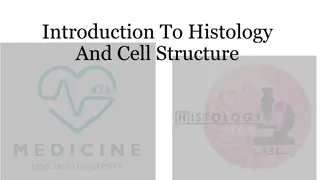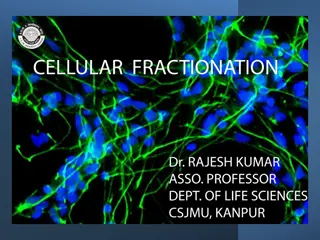Understanding Cellular Transport and Cell Membrane Function
Explore the structure and function of cells, tissues, organs, and organ systems as students delve into how cells take in nutrients, grow, and divide. Discover the organization of cells into tissues, organs, and systems, and learn about the crucial role of cell membranes in maintaining homeostasis through selective permeability. Dive into the terms related to concentration gradients, diffusion, osmosis, and active transport mechanisms like protein pumps and endocytosis.
Download Presentation

Please find below an Image/Link to download the presentation.
The content on the website is provided AS IS for your information and personal use only. It may not be sold, licensed, or shared on other websites without obtaining consent from the author. Download presentation by click this link. If you encounter any issues during the download, it is possible that the publisher has removed the file from their server.
E N D
Presentation Transcript
S7L2. Students will describe the structure and function of cells, tissues, organs, and organ systems. A. Explain that cells take in nutrients in order to grow and divide and to make needed materials. B. Relate cell structures (cell membrane, nucleus, cytoplasm, chloroplasts, mitochondria) to basic cell functions. C. Explain that cells are organized into tissues, tissues into organs, organs into systems, and systems into organisms. D. Explain that tissues, organs, and organ systems serve the needs cells have for oxygen, food, and waste removal.
Terms to Know Concentration the amount of solute in a solution. Solute the dissolved substance in a solution. Solution a mixture in which two or more substances are mixed evenly. Concentration gradient - the gradual difference in the concentration of solutes in a solution between two regions.
Cell Membrane (Transport) Notes Cell Membrane and Cell Wall: ALL cells have a cell membrane made of proteins and lipids protein channel Layer 1 Cell Membrane Layer 2 protein pump lipid bilayer SOME cells have cell membranes andcell walls ex: plants, fungi and bacteria Cell Membrane Cell Wall
Plant cells have a cell wall made of cellulose that cellulose is fiber in our diet Bacteria and fungi also have cell walls, but they do not contain cellulose Cell membranes and cell walls are porous allowing water, carbon dioxide, oxygen and nutrients to pass through easily
Function of the Cell Membrane: Cell membrane separates the components of a cell from its environment surrounds the cell Gatekeeper of the cell regulates the flow of materials into and out of cell selectively permeable Cell membrane helps cells maintain homeostasis stable internal balance
Animations of Active Transport & Passive Transport Types of Cellular Transport Weeee!!! Passive Transport cell doesn t use energy 1. Diffusion 2. Facilitated Diffusion 3. Osmosis high low Active Transport cell does use energy 1. Protein Pumps 2. Endocytosis 3. Exocytosis This is gonna be hard work!! high low
Diffusion is the movement of small particles across a selectively permeable membrane like thecell membrane until equilibrium is reached. These particles move from an area of high concentration to an area of low concentration. outside of cell inside of cell
Osmosis is the diffusion of water through a selectively permeable membrane like the cell membrane Water diffuses across a membrane from an area of high concentration to an area of low concentration. Semi-permeable membrane is permeable to water, but not to sugar
Facilitated Diffusion is the movement of larger molecules like glucose through the cell membrane larger molecules must be helped Proteins in the cell membrane form channels for large molecules to pass through Proteins that form channels (pores) are called protein channels Glucose molecules outside of cell inside of cell
File:Scheme facilitated diffusion in cell membrane-en.svg Click
Hypertonic Solutions: contain a high concentration of solute relative to another solution (e.g. the cell's cytoplasm). When a cell is placed in a hypertonic solution, the water diffuses out of the cell, causing the cell to shrivel. Hypotonic Solutions: contain a low concentration of solute relative to another solution (e.g. the cell's cytoplasm). When a cell is placed in a hypotonic solution, the water diffuses into the cell, causing the cell to swell and possibly explode. Isotonic Solutions: contain the same concentration of solute as another solution (e.g. the cell's cytoplasm). When a cell is placed in an isotonic solution, the water diffuses into and out of the cell at the same rate. The fluid that surrounds the body cells is isotonic.
File:Osmotic pressure on blood cells diagram.svg Interactive Red Blood Cell Click
Active Transport Active transport is the movement of molecules from LOW to HIGH concentration. Energy is required as molecules must be pumped against the concentration gradient. Proteins that work as pumps are called protein pumps. Ex: Body cells must pump carbon dioxide out into the surrounding blood vessels to be carried to the lungs for exhale. Blood vessels are high in carbon dioxide compared to the cells, so energy is required to move the carbon dioxide across the cell membrane from LOW to HIGH concentration. Carbon Dioxide molecules outside of cell inside of cell
ANALOGY: ENERGY NEEDED: Active Transport NO ENERGY NEEDED: Diffusion Osmosis Facilitated Diffusion
Endocytosis and Exocytosis is the mechanism by which very large molecules (such as food and wastes) get into and out of the cell Food is moved into the cell by Endocytosis Wastes are moved out of the cell by Exocytosis
Ex: White Blood Cells, which are part of the immune system, surround and engulf bacteria by endocytosis.
Types of Active Transport 3. Exocytosis: Forces material out of cell in bulk membrane surrounding the material fuses with cell membrane Cell changes shape requires energy EX: Hormones or wastes released from cell Endocytosis & Exocytosis animations
Effects of Osmosis on Life Osmosis- diffusion of water through a selectively permeable membrane Water is so small and there is so much of it the cell can t control it s movement through the cell membrane.
Osmosis Animations for isotonic, hypertonic, and hypotonic solutions Hypotonic Solution Hypotonic: The solution has a lower concentration of solutes and a higher concentration of water than inside the cell. (Low solute; High water) Result: Water moves from the solution to inside the cell): Cell Swells and bursts open (cytolysis)!
Osmosis Animations for isotonic, hypertonic, and hypotonic solutions Hypertonic Solution Hypertonic: The solution has a higher concentration of solutes and a lower concentration of water than inside the cell. (High solute; Low water) shrinks Result: Water moves from inside the cell into the solution: Cell shrinks (Plasmolysis)!
Osmosis Animations for isotonic, hypertonic, and hypotonic solutions Isotonic Solution Isotonic: The concentration of solutes in the solution is equal to the concentration of solutes inside the cell. Result: Water moves equally in both directions and the cell remains same size! (Dynamic Equilibrium)
What type of solution are these cells in? B C A Hypertonic Isotonic Hypotonic
How Organisms Deal with Osmotic Pressure Paramecium (protist) removing excess water video Bacteria and plants have cell walls that prevent them from over-expanding. In plants the pressure exerted on the cell wall is called tugor pressure. A protist like paramecium has contractile vacuoles that collect water flowing in and pump it out to prevent them from over-expanding. Salt water fish pump salt out of their specialized gills so they do not dehydrate. Animal cells are bathed in blood. Kidneys keep the blood isotonic by remove excess salt and water.
Schley County Middle School Science Contributed by: Coach Blocker
